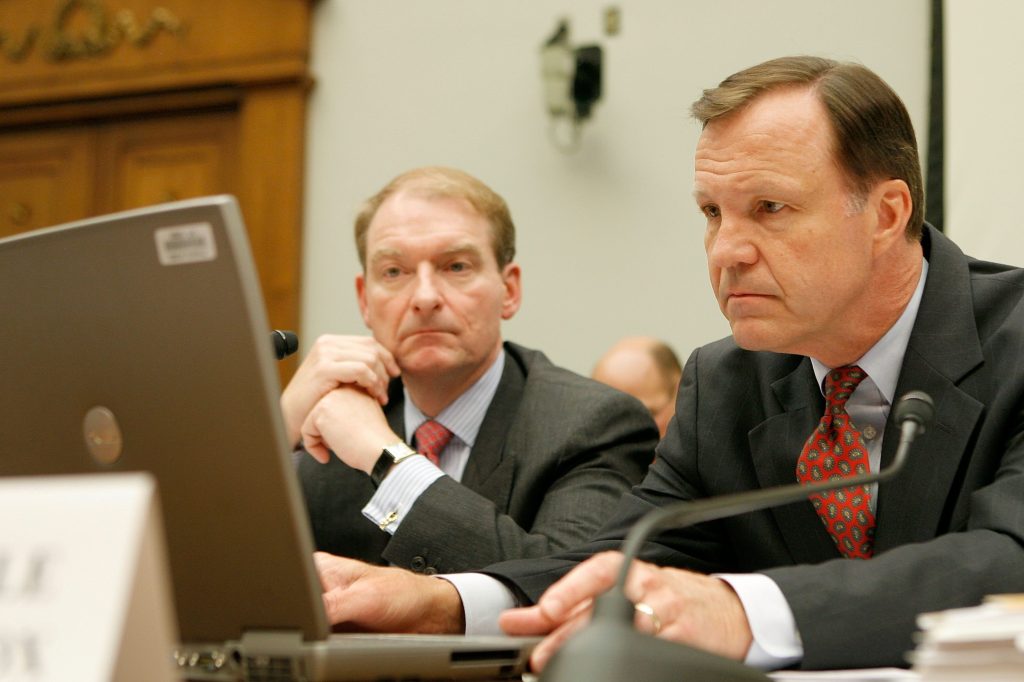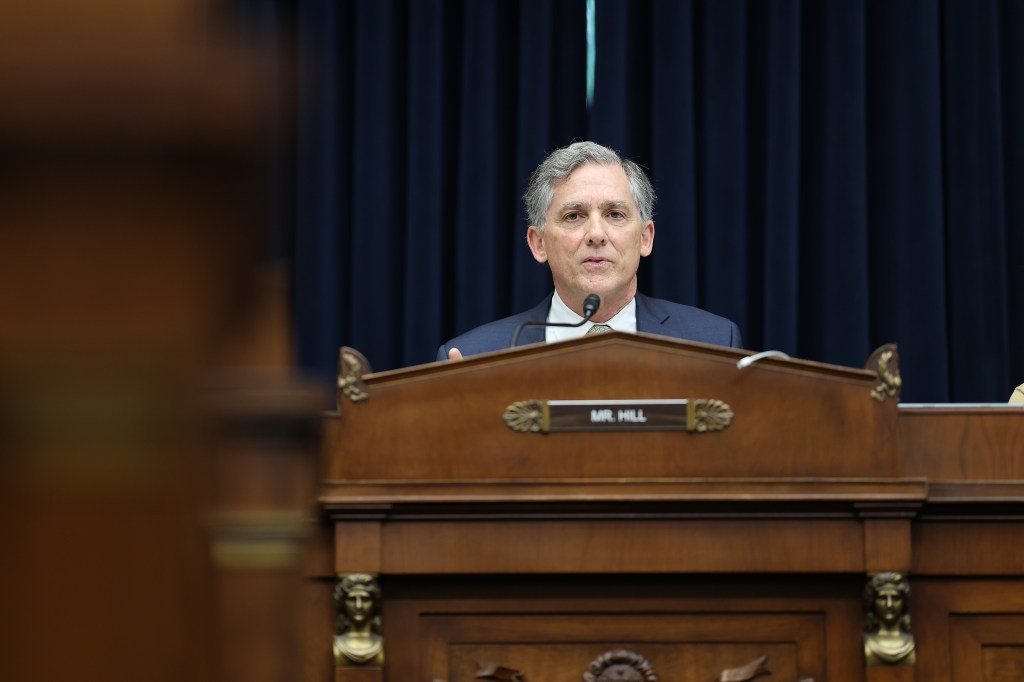Beyond the specifics of the Farage furore, which has led to the FCA’s research on debanking of individuals because of their political views, it’s worth reflecting on what it means for how the regulator prioritizes.
Back in the early days of the FSA, it was common to talk about the “hopper”, shorthand for a process of weighing up the impact and probability of the slew of risks the regulator was facing and deciding how best to allocate its resources. That process always included a big subjective element – for example, ranking risks on consumer credit against those in asset management – and some of the language has since changed, but the principle of making a measured judgement about how to use finite resources underpins all good regulation.
And this is the test we should ultimately use to judge the “debanking” exercise. We can’t be too pure about this – politics is always a potential factor in regulation, as are the reputations of the regulator and the industry – and there’s little doubt, for instance, that the affair has damaged the reputation of NatWest and possibly banks more broadly.
But it still seems a stretch to me to justify the scale of effort that is going into the debanking exercise. These resources will have come from somewhere, and that work will have suffered.
Competing on competitiveness
The regulators’ new secondary objective on competitiveness has generated a good deal of hot air, so it was good to see this FT article getting to grips with a PRA working paper that, in turn, is a serious contribution to the subject.
The paper’s painstaking working through of the implications of the new objective and, by extension, how the PRA might approach it, constitutes a major challenge to the ambitions that at least some politicians have for the legislation. So, it will be fascinating to see whether the working paper becomes the PRA approach and, if so, how HM Treasury responds and how the Treasury Select Committee (TSC) scrutinises.
Hopefully the FCA, which has a more complex remit and is more vulnerable to political pressure, will produce a similar paper shortly.
Ringfencing reforms: slippery slope?
The Government’s consultation on ringfencing reforms can been viewed in various ways. The ostensible centrepiece is the consultation on the evolutionary reforms of the regime, including raising the threshold to refining how the regime works in light of experience. [As an aside, I suspect handwriting experts will be having a lot of fun with the Economic Secretary’s signature to the Foreword.]

However, there is far greater potential for controversy in the Government’s response to the call for evidence on aligning the ringfencing and resolution regimes. Some will recall the sharp disagreement at the TSC between Keith Skeoch and John Vickers, back in February, on whether resolution might realistically remove the need for a ringfencing regime.
The Government is due to publish its policy proposals on this in the first half of next year and it would not be a surprise if these envisage resolution as a long-term replacement for the ringfence. If so, ringfencing could be the issue where the evident tension between financial stability and competitiveness hits the headlines.
Diversity & inclusion consultation papers
In traditional regulatory terms, the long-awaited joint PRA/FCA consultations on diversity & inclusion (D&I) are maybe best seen as the latest in a long line of attempts to improve the basic standard of management and governance in financial services firms. Hence the emphasis on Board reporting and senior manager responsibilities.
It will be fascinating to see if these proposals become a lightning rod for culture warriors? Quite possibly, not least given the Government’s approach to D&I in the Civil Service. And, conversely, if the subsequent rules become bogged down in debates about the quality of Board management information? Probably, unless regulators can find a magic key that enables them to compare strategies that are firm-specific by definition.
A possible point of weakness in the CPs is their respective cost benefit analyses – the PRA version is typically brief, the FCA’s full of brave assertions (see the “Causal chain and success measures” on p58). These might attract the interest of the new Cost Benefit Panels, assuming they are set up in time.
Responses to the FCA consultation are due by December 18, with a Policy Statement sometime in 2024. Based on the timeline to date, Q4 would be a good guess!
Slow, slow, quick… FSB review of non bank debt
The Financial Stability Board (FSB) review of non bank debt has arguably been coming since at least the publication of its evaluation of the post financial crisis “Too-big-to-fail” reforms in March 2021, so we have been waiting a while. [The paper also placed some caveats on the confidence we should have in resolution – see above.]
One of the evaluation’s conclusions was that “risks associated with credit intermediation may have shifted to non-bank finance”, a classic example of the waterbed effect in regulation. It’s also an illustration of why an effective approach to the perimeter is so important; where activities outside the regulated area, in this case pushed there by the post crisis reforms, can have a fundamental impact on regulators’ objectives.
“Dumb money” advert
News that the FCA is taking out cinema advertising, in this case linked to the Hollywood telling of the GameStop story, will likely inspire a range of responses.
For my part, I’m cautiously positive… I’ve been severely sceptical of the FCA’s “InvestSmart” campaign on the basis that it has far too little resource to be effective (not least in its crypto warnings!), and that its heavy reliance on the FCA website and X (formerly known as Twitter) account mean it is unlikely to reach the people it is targeting.
So, I liked the FCA’s much broader reaching “Arnie” campaign on PPI compensation, which was funded by the banks.
But there are risks to the advert tactic, including: the cost. Presumably this is being funded from the FCA’s normal levy, so value-for-money concerns are likely to be raised; over-reliance on the film’s success; and the quality of the ad itself…
Excluding inclusion
Finally, to Nikhil Rathi’s recent speech on financial inclusion. There’s too much content here to scrutinise here, and others will be better placed. So I will focus on his defence of why the FCA does not have financial inclusion explicitly in its remit.
As I read it, this defence boils down to four arguments. Campaigners for financial inclusion will have their own responses to these but here they are, in italics, together with my own instant reaction as a non-expert:
(i) “successive governments have decided not to make financial inclusion a statutory obligation“. The penalties for financial exclusion are worsening, so this isn’t a fair comparison.
(ii) “We don’t have the remit or powers to tackle all financial inclusion issues“. As far as I know, no one is suggesting the FCA is responsible for all of this, the campaign was to insert a principle that the FCA should “have regard to” the issue.
(iii) “regulators hold blunt tools, rather than the keys needed to unlock financial inclusion“. Again, the campaign was for the FCA to “have regard to” financial inclusion, not fix it. And regulatory powers are also blunt in many other areas.
(iv) “it is outside our scope to tackle, alone, the widest socio-economic challenges“. No one is saying it is the FCA’s responsibility to tackle financial inclusion “alone”.
Overall, this feels like a defence against a proposal no one was really making… which is confusing. I doubt it will do much to quell the debate.
The views expressed are the author’s own.
Gavin Stewart is an independent commentator on financial regulation; former regulator; novelist; ex-international rower and sports administrator. He has 27 years’ experience working for financial services’ regulators (Bank of England, FSA & FCA), holding a wide variety of roles including as a Bank of England Supervisor, FSA Head of Strategy, Planning & Performance, and FCA Chief Risk Officer.

















